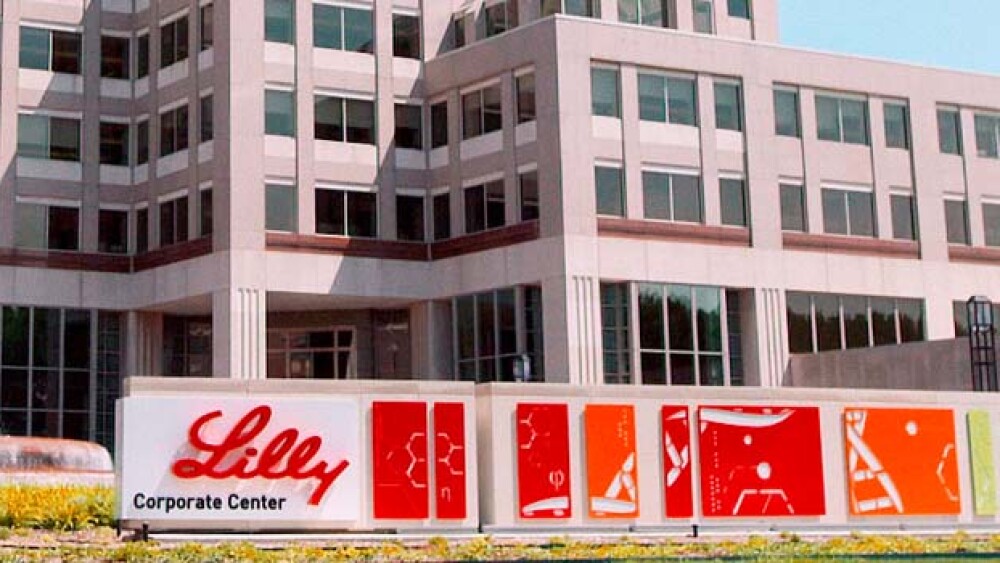As Jan Lundberg exits as president of Lilly Research Laboratories, the incoming boss, Dan Skovronsky, discussed the changes in direction he plans for Eli Lilly’s research business.
As Jan Lundberg exits as president of Lilly Research Laboratories, the incoming boss, Dan Skovronsky, discussed the changes in direction he plans for Eli Lilly’s research business with analysts with Bernstein.
The Indianapolis-based drug company, in the past, had a shot at being the first to get drugs approved for several key targets, including CDK 4/6, IL-17, IL-23, PCSK9 and CGRP. But the company didn’t move fast enough, according to Skovronsky, instead hesitated, allowing its competitors to jump ahead of them. He argued that at least part of the issue was Eli Lilly’s delays in taking compounds into human clinical testing. And he wants the company to be more aggressive in that area.
“We want to be the first testing novel mechanisms,” he said at the Bernstein meeting. “You should see more Lilly Phase I trials and proof of concept trials on novel mechanisms.”
Skovronsky was formerly the chief executive officer of Avid Radiopharmaceuticals, which Eli Lilly acquired in 2010 for $300 million. He founded Avid while he was a graduate student at the University of Pennsylvania. Most recently, he was senior vice president of Clinical and Product Development at Lilly.
Now, as president, Skovronsky is giving marching orders for the company to move quickly and decisively into the clinic if the data calls for it and to shutter programs if they don’t dazzle in Phase II trials. The feeling apparently is that when Lilly—and most biopharma companies—face so-so data in Phase II, they’re more inclined to go into Phase III in hopes they can get some sort of drug out of the endeavor and make up for their investments, rather than dump the asset and move on to something more promising.
And the thinking on Skovronsky’s part is the era of me-too drugs with only moderate profits is no longer a viable strategy.
“What I see as one of the challenges now is this pile-on effect that is obviously best exemplified in the PD-1/PD-L1 access where there are just too many companies working on the same target too late in the game,” he told Jefferies. “That is not an efficient use of resources for shareholders or for patients.”
The change in approach will require Lilly to either buy additional assets or develop more novel compounds in-house that can dazzle, no easy task. And it’s not an easy decision to scrap programs after investing millions of dollars into them. Skovronsky has indicated he wants the company to look for good deals earlier and buy earlier-stage, perhaps higher-risk assets.
Biotech companies, are you listening?
Skovronsky seems like a good person for that role, given his decision to allow Avid be acquired by Lilly. In 2017, he told Life Science Leader, “One of the reasons I convinced investors that Lilly was the best offer was their history of nurturing the companies they acquired. Now that I am on the other side of this and working for Lilly, this has proven to be true…. We don’t just acquire technologies, but teams, and sometimes facilities, with the goal of building and adding to our capabilities.”





